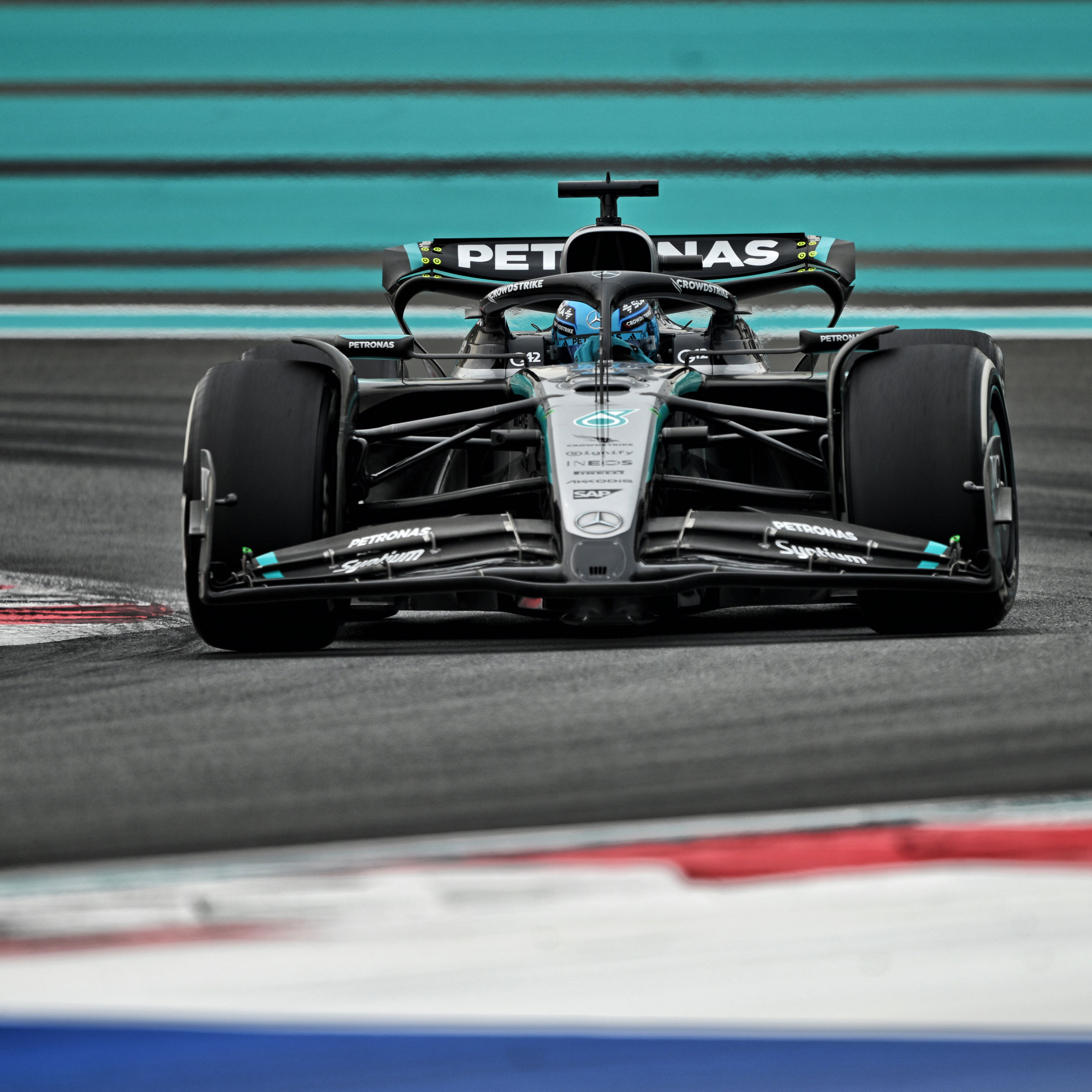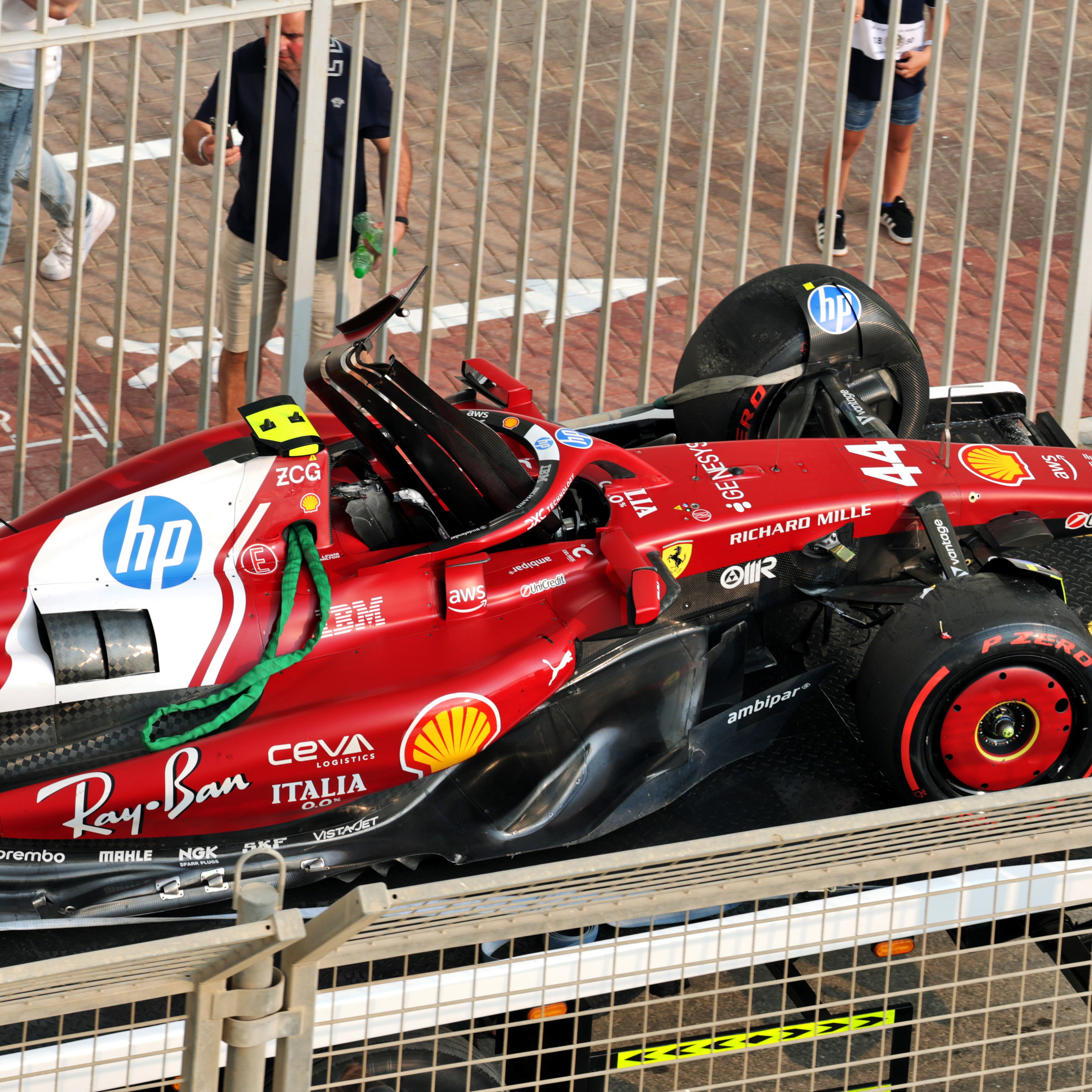Kobayashi benefits from one aim at Toyota.
Panasonic Toyota Racing may be based in Cologne, but its spiritual heart is back in Japan, making the Japanese Grand Prix a special annual event.
Panasonic Toyota Racing may be based in Cologne, but its spiritual heart is back in Japan, making the Japanese Grand Prix a special annual event.
The team has been based in Germany since 1979 but, throughout that time, there have been strong links to Japan, and that is as true as ever in 2008. The bond between Japan and the team has been strengthened in recent years with the increased adoption of 'the Toyota Way' back at base in Cologne and, following those principals, the team has returned to form this season, finishing on the podium twice and pushing to take fourth in the constructors' championship. For chairman and team principal Tadashi Yamashina, the reasons are clear.
"There are several key reasons for the improvement in our results," he says, "One is the operation of the team, the teamwork, in that everyone is pulling together. This includes the people who go racing and the people who stay behind at the factory. The operation has improved, so everybody is working to make the team better."
Kaizen, or continuous improvement, is a cornerstone of Toyota Way philosophy - and it has become a key principal at the F1 team as well. But how is this theory translated into practice in the team's technical centre? Yamashina-san has one simple explanation: "The principle of enjoying your job by exchanging information with others is fundamental to Toyota".
As part of that philosophy, he shares an office with the team's top management, making communication straightforward and showing the kind of open-minded attitude which allows innovation to thrive and sows the seeds of future success.
"Routine communication can be carried out by email, however far away anybody might be," Yamashina adds, "But, for face-to-face discussions, people can get together straight away. If you want to say something to someone's face, you can do it there and then.
"Another thing is that you are more involved with everyone's daily work. With three of us in the room, this means that you get more idea what is going on elsewhere within the company."
With over 30 different nationalities, Panasonic Toyota Racing has often been referred to as the 'united nations of Formula One' and, while there are many Japanese employees among the 650 or so staff in Cologne, Yamashina believes all nationalities have learnt valuable lessons from each other.
"The strength of the Japanese engineers is that they have lots of experience of working in the Toyota Way," he says, "The strength of the European and other engineers is that they have been working in F1 and motorsport for many years. We combine their respective strengths, so that the Japanese engineers teach their counterparts when the Toyota style of working is most appropriate, and learn from the local engineers when the F1 approach is best, feeding what they've learned back to Japan. It's a mixed approach."
But the team has more than Japanese engineers and mechanics - it has its very own Japanese driver Kamui Kobayashi, a rising star who is third driver as well as a successful GP2 racer.
The 22-year old has won races in both the GP2 Asia and GP2 Series this season, his first in the category since stepping up from the F3 Euroseries last winter. As if racing in F1's unofficial feeder category was not demanding enough, however, Kobayashi has also contributed to Toyota's strong form this year through his testing work, his path to F1 having been plotted by the Toyota Young Drivers Programme [TDP] for several years - as the first Japanese driver to be signed up by the marque, two years on from its entry into the top flight in 2002.
"It's our dream for Toyota to win the championship with a Japanese driver in a Toyota car, and we now have Kamui as our test driver," Yamashina points out, "The team is right behind him and hoping that he can become a top driver. At the same time, however, I will definitely not be giving him preferential treatment and letting him drive our car just because he's Japanese. I've told him he'll have to work hard and get there on merit!"
And Kobayashi certainly is working hard. Already this year he has competed in 30 GP2 races and tested for eleven days in the F1 machine.
"I've dreamed of being in F1 ever since I was a small boy," he says, "I passed the TDP audition, as they call it, when I was 14, and have been committed to Toyota ever since. I fully realise how lucky I am to work in such an environment. It doesn't really put pressure on me, but I put continual pressure on myself and I don't forget that I've been in a more fortunate position than others in getting this far.
"Now that I'm close to racing in F1, and I'm trying to break through, I've realised what an incredible achievement it would be if I ever made it, when there are only 20 drivers in the world competing [at that level]."
Kobayashi's efforts with Panasonic Toyota Racing, not to mention his rapid development, have certainly won him many admirers.
"He is amazingly bright," executive vice-president Yoshiaki Kinoshita says, "What's particularly outstanding about him is his opening lap. On the first lap after the race starts, he'll overtake three cars in dry conditions and something like seven to ten in the wet! I've never seen a driver like that before."
Director of technical co-ordination Noritoshi Arai concurs.
"In terms of his skill and judgement as a driver, he's made great improvements," he notes, "If he can hang in there and produce good results in races, I'll have nothing to complain about."
Great improvement is a theme running throughout Panasonic Toyota Racing and it describes not just the significant progress made in the last twelve months, but also the ambition for the years to come.









